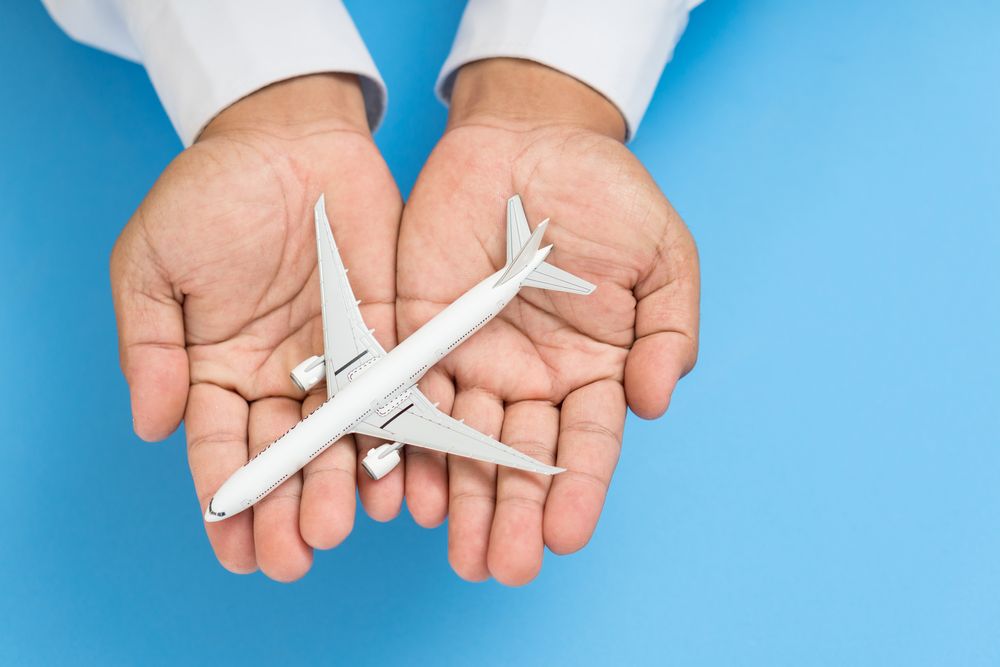
Welcome to the vast and exhilarating world of aviation! Whether you’re a seasoned pilot, an aircraft owner, an aviation business operator, or an aspiring aviator, one thing is certain: the sky is where you find your freedom. But with this freedom comes responsibility, and a key aspect of that responsibility is ensuring the protection of your assets, investments, and above all, the safety of passengers and crew. That’s where aviation insurance comes into play, serving as your financial parachute, safeguarding your interests in the vast expanse above us.
Understanding the Basics of Aviation Insurance
Aviation insurance is a specialized policy designed to provide coverage for aircraft owners, operators, manufacturers, and service providers against losses and liabilities associated with aircraft operations. Unlike standard auto or home insurance, aviation insurance encompasses a range of unique risks inherent to flight. These policies can cover everything from damage to the aircraft itself to liability for damage caused to third-party property and for injuries to passengers.
There are several types of aviation insurance, each tailored to different aspects of aerial operations. For instance, aircraft hull insurance covers physical damage to the plane, while aircraft liability insurance covers the legal and medical costs associated with injuries or property damage. For businesses, there’s commercial aviation insurance, which can include coverage for hangars, spare parts, ground equipment, and business interruption.
Navigating the Risks of Flight
Piloting an aircraft, running an airline, or manufacturing aviation components comes with inherent risks. Weather phenomena, mechanical failures, human error, and a host of other factors can lead to accidents and incidents. It is essential for those involved in aviation to understand these risks and how insurance can mitigate them.
Aviation insurance can help manage the financial impact of unforeseen events. For example, if an aircraft were to be damaged in a storm or in a runway mishap, hull insurance would help cover repair or replacement costs. Liability insurance would step in if passengers were injured during a flight or if the aircraft caused damage to others’ property. Additionally, for businesses, loss of use coverage can provide compensation for income lost when an aircraft is out of service due to covered damages.
Choosing the Right Coverage for Your Needs
Selecting the right aviation insurance policy requires careful consideration of your specific needs and potential risks. Factors such as the type of aircraft, its age and value, the nature of the flights it will be undertaking (private versus commercial), and the regions it will traverse all play a role in determining the appropriate coverage.
Consulting with an aviation insurance specialist is invaluable in this process. These professionals can assess the specific risks associated with your aviation activities and tailor a policy that provides the necessary protection without over-insuring and incurring unnecessary costs. Remember, the cheapest policy is rarely the best choice in aviation insurance; it’s about finding the right balance of coverage and cost.
Regulatory Compliance and Safety Management
Compliance with aviation regulations is not just a legal requirement; it’s also a critical factor in obtaining and maintaining insurance coverage. Adherence to safety protocols, pilot training standards, maintenance schedules, and airworthiness directives all contribute to a safer flight environment and can positively impact insurance premiums.
Insurance providers often require proof of compliance with such regulations and may offer lower rates to those who exceed the minimum safety requirements. Implementing a robust safety management system (SMS) can further demonstrate to insurers that you are committed to mitigating risks, which may result in additional premium benefits.
The Future of Aviation Insurance
The aviation industry is ever-evolving, with technological advancements and new business models constantly emerging. Drones, space tourism, and electric aircraft are just a few examples of how the skies—and the risks associated with them—are changing. Aviation insurance providers must adapt to these advancements, and policyholders must stay informed about how new technologies and regulations affect their coverage needs.
Aviation insurance is a critical component of responsible aircraft ownership and operation. It provides financial protection against a range of risks and helps ensure that you can continue to enjoy the freedoms of the sky with peace of mind. Whether you’re considering purchasing a policy for the first time or reviewing your existing coverage, remember that a well-crafted aviation insurance plan is an investment in the safety and security of your aerial endeavors. With the right coverage in place, you can focus on what you love most—taking to the skies with confidence.
